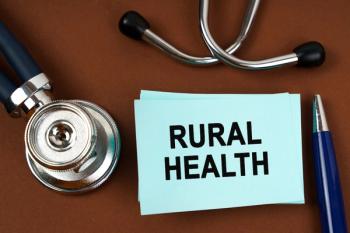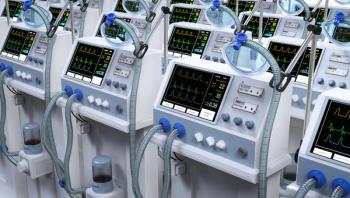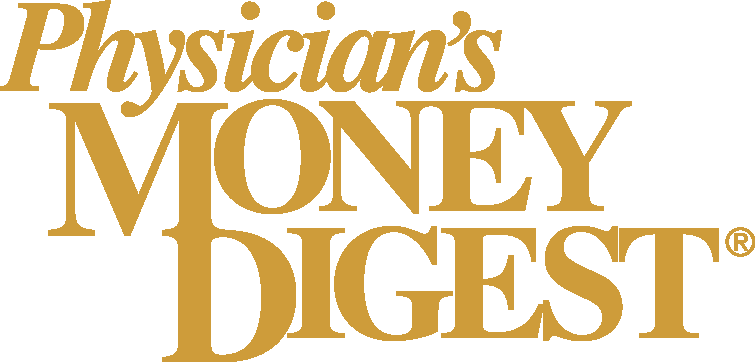
Trump, HHS take aim at drug prices with policies affecting Big Pharma, ending ‘global free-riding’
Key Takeaways
- The administration aims to align U.S. drug prices with those in economically comparable countries through "Most-Favored-Nation" pricing.
- Pharmaceutical companies are expected to lower prices or face regulatory action, with the administration bypassing middlemen like PBMs.
HHS announces plan to create ‘most-favored-nation’ cost scale so U.S. is not subsidizing drug prices in other countries.
Drug pricing is squarely in the sights of President Donald J. Trump and his administration with
The president, U.S. Department of Health and Human Services Secretary Robert F. Kennedy Jr., and Centers for Medicare & Medicaid Services (CMS) Administrator Mehmet Oz, MD, MBA, announced “immediate steps” to implement the executive order. On May 12, Trump issued “Delivering Most-Favored-Nation Prescription Drug Pricing to American Patients,” announcing the administration’s intention to make
“For too long, Americans have been forced to pay exorbitant prices for the same drugs that are sold overseas for far less,” Kennedy said in the HHS announcement of May 20. “That ends today. We expect pharmaceutical manufacturers to fulfill their commitment to lower prices for American patients, or we will take action to ensure they do.”
There could be action soon.The announcement said the government leaders “look forward to highlighting commitments in the coming weeks.”
“These commitments will ensure Americans no longer pay more for medications than patients in other economically comparable countries, relieving the unfair burden placed on hard-working Americans,” the HHS announcement said.
Dollars and cents
HHS expects pharmaceutical companies to commit to aligning domestic prices for all brand products across all markets without generic or biosimilar competition, with the lowest prices of a set of economic peer nations.
In the United States, drug prices often are three to five times greater than those abroad. The most-favored-nation (MFN) target price is the lowest price in a country with a gross domestic product (GDP) per capita of at least 60% of the U.S. GDP per capita. The countries are based on the Organisation for Economic Co-operation and Development (OECD).
‘Global free-riding’
Kennedy used a
“Consider this stark reality: a
Kennedy acknowledged other nations will pay more so Americans can pay less, which will preserve the innovation pipeline. The drug makers “recognize this imbalance” in pricing, and at least four American pharmaceutical companies and a foreign manufacturer eager to move to America have made an encouraging response, the secretary wrote.
Kennedy also cited KFF data that nearly one-third of U.S. patients skip prescribed medications due to cost — “an unacceptable reality in the world’s wealthiest nation.”
“We value continued innovation as a core American principle, but we cannot indefinitely subsidize global medical progress while other wealthy nations contribute disproportionately little,” he wrote.
The executive order
Earlier this month, the president’s
Trump did not mention pharmacy benefit managers (PBMs) specifically. However, the order said HHS will establish a process for American patients to buy medicines directly from manufacturers who sell at MFN prices, bypassing middlemen.
If Big Pharma won’t offer MFN pricing, HHS will propose rules to impose it and “take other aggressive measures to significantly reduce the cost of prescription drugs to the American consumer and end anticompetitive practices.”
Blame PBMs, hospitals and insurers
After the president’s order, the pharmaceutical players responded with verbal volleys blaming others for high prices to patients.
“To lower costs for Americans, we need to address the real reasons U.S. prices are higher: foreign countries not paying their fair share and middlemen driving up prices for U.S. patients,” said a statement from Stephen J. Ubl, president and CEO of the Pharmaceutical Research and Manufacturers of America (PhRMA).
“The administration is right to use trade negotiations to force foreign governments to pay their fair share for medicines,” he said. “U.S. patients should not foot the bill for global innovation.
“The U.S. is the only country in the world that lets PBMs, insurers and hospitals take 50% of every dollar spent on medicines,” Ubl’s statement said. “The amount going to middlemen often exceeds the price in Europe. Giving this money directly to patients will lower their medicine costs and significantly reduce the gap with European prices.”
Blame Big Pharma
J.C. Scott, president and CEO of the Pharmaceutical Care Management Association (PCMA), a PBM trade group, countered that drug companies set the prices of prescription drugs — and price is the problem.
“PBMs don’t set drug prices and are not forcing drug companies to set or keep high prices,” Scott said in
“Rising drug prices limit the ability of PBMs to effectively secure savings to address the affordability challenge that some patients face,” he said. “The sticker price is the starting point for all PBM and drug company negotiations — and often the basis for cost sharing obligations. A lower sticker price means employers, unions, plan sponsors, and most importantly, patients, will pay less.”
PCMA has launched a new public information campaign,
More information needed
American drug pricing policy is complicated, so it will take time to sort out details, said a statement from National Community Pharmacists Association (NCPA) CEO B. Douglas Hoey.
That organization also called for more regulation on PBMs, noting even the president “correctly pointed out that PBMs are the only link in the supply chain that produces nothing of value for patients.”
“They don’t research, develop, or manufacture life-saving drugs,” Hoey’s statement said. “They don’t diagnose, treat, or counsel patients. They aren’t an access point for life saving drugs and related health care needs that are embedded in their local communities.
“We support a system that cuts out the PBM middlemen, where patients can access lower drug prices via essential local pharmacists, who are the medication experts on the health care team,” he said. “However, no part of this effort should bypass patient safety and effectiveness by going around the pharmacist. Moving towards a more transparent, cost-plus payment model for drugs has always been a goal of NCPA.”
Newsletter
Stay informed and empowered with Medical Economics enewsletter, delivering expert insights, financial strategies, practice management tips and technology trends — tailored for today’s physicians.

















